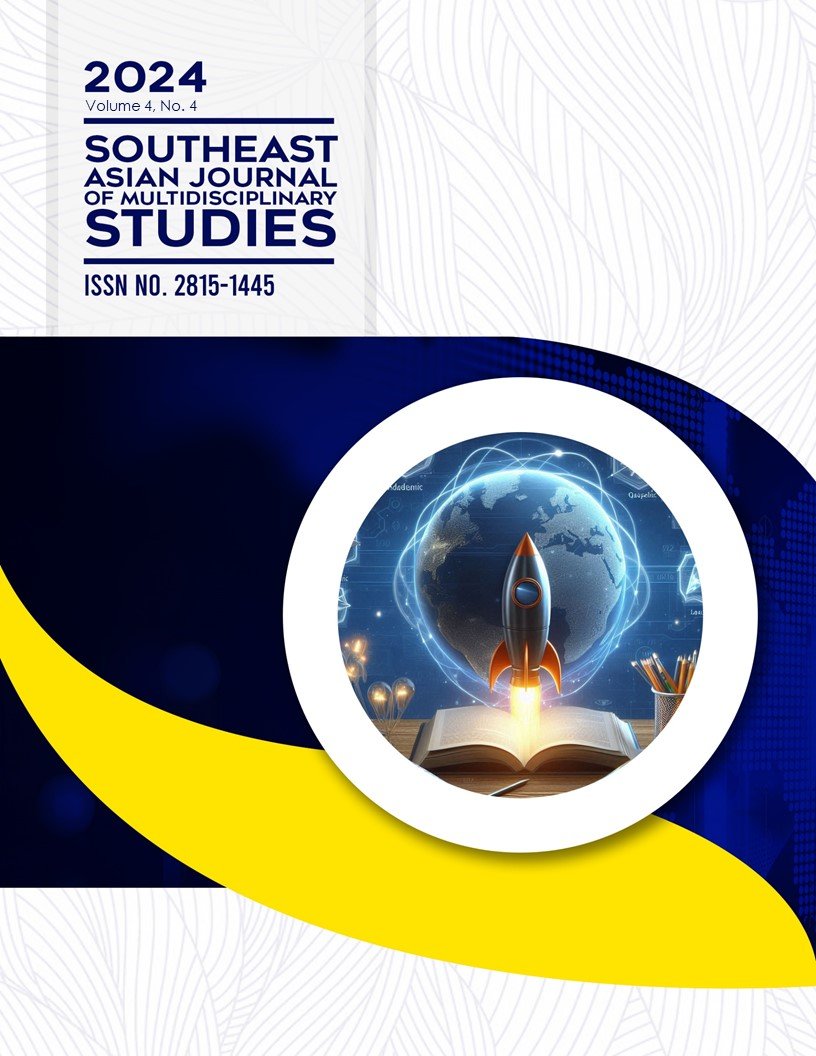Abstract
This study determined the hindering factors to quality teaching-learning process in the new normal. The exploratory approach mixed methods design was utilized that started with qualitative phase then followed by quantitative data collection and analysis. More specifically, it aimed to construct a scale on teachers’ views on the hindering factors to quality teaching-learning process in the new normal. In the qualitative phase, there were ten (10) teachers who participated in the in-depth interview and seven (7) teachers participated in the focus group discussion. Furthermore, a total of 300 teachers in Magpet west district have been selected as respondents in quantitative phase. Meanwhile, the data were analyzed using the thematic analysis and exploratory factor analysis (EFA). The results show that a total of three themes have emerged in the qualitative findings that put emphasis on student’s behavior and discipline issues,students lack of basic needs and skills, and large class sizes and limited resources. The EFA results showed two underlying factors on the hindering factors to quality teaching- learning process in the new normal. To give the light of the study, the following conclusions are enumerated. Two emerging themes significantly emphasized on the hindering factors to quality teaching-learning process in the new normal base on the teachers’ views includes student’s behavior and discipline issues, and large class sizes and limited resources. Results revealed from the Exploratory Factor Analysis (EFA) two underlying factors quality teaching-learning process in the new normal. The Kaiser Meyer-Olkin Measure (KMO) of Sampling Adequacy and Bartlett’s test of sphericity were performed. It can be gleaned in Table 2 that KMO value is .801 which is above recommended value of .5, which indicates that the sample is meritorious and adequate factor analysis. The Exploratory Factor Analysis results revealed that there are 16 items of questionnaire sets that are suitable for factor loading's. This means that these items are appropriate for the study's measuring tools and pass the face validity test.

